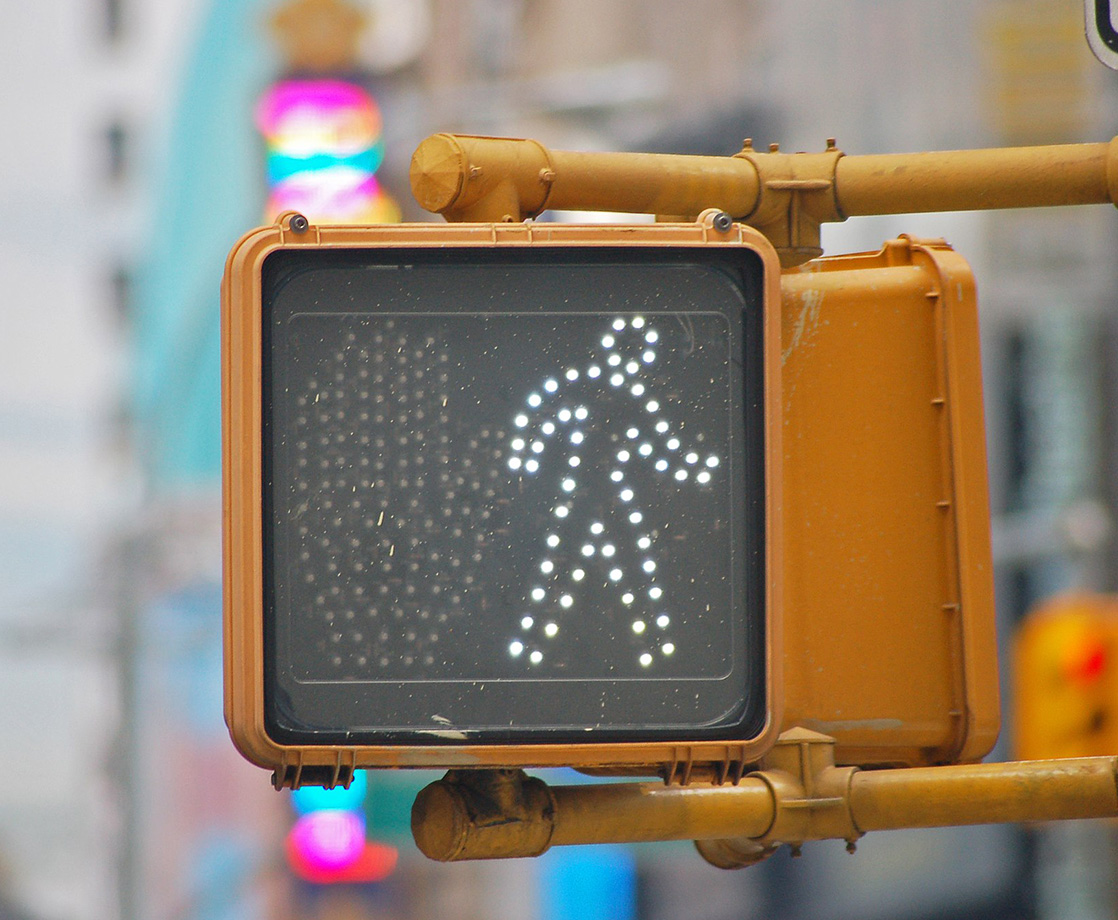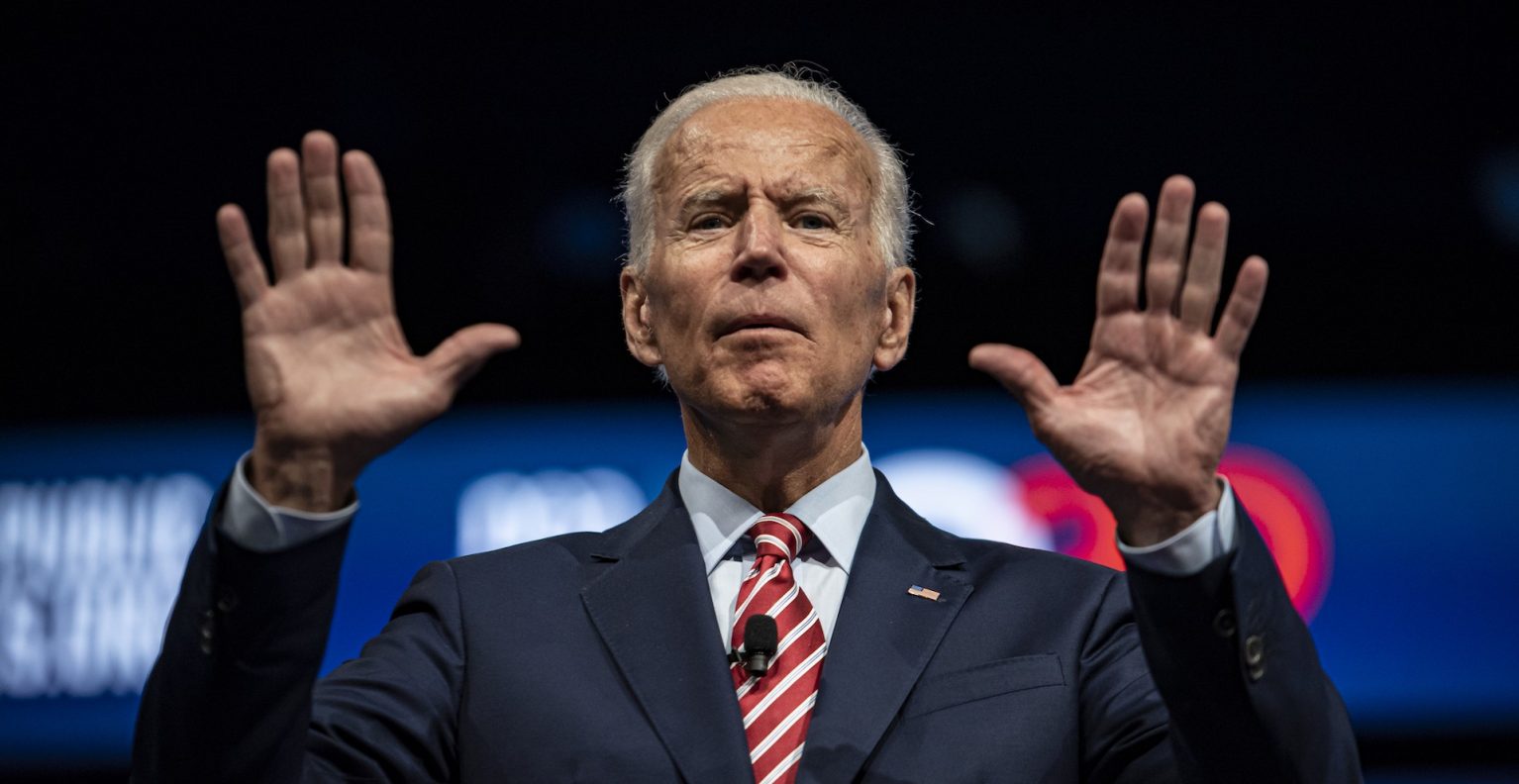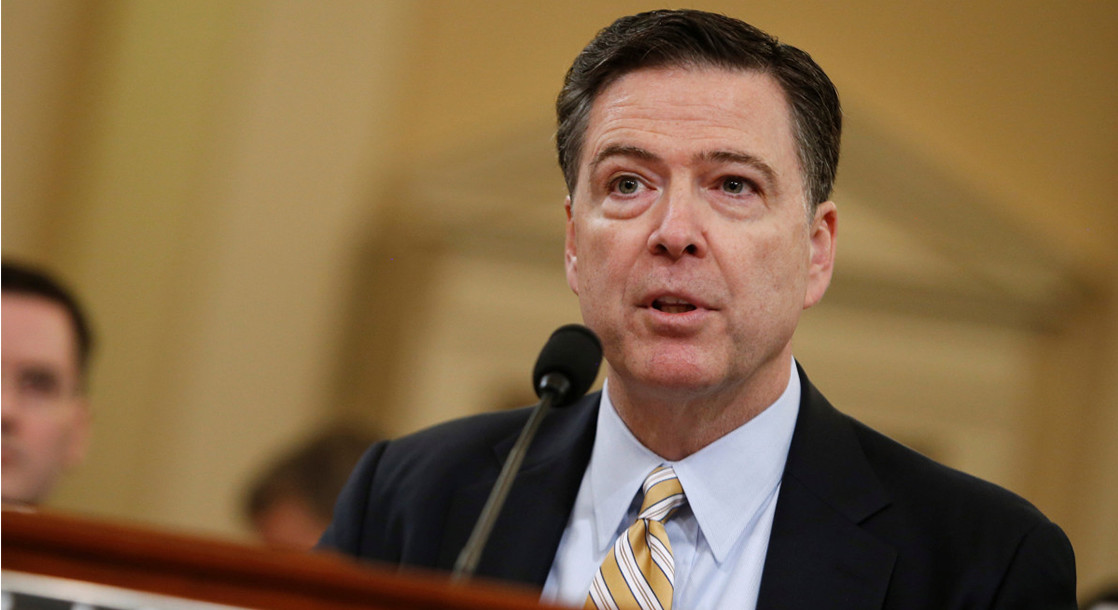In America's constantly progressing experiment with cannabis legalization, driver, pedestrian, and general roadway safety have become a primary focal point for researchers and regulators. But, without an accepted roadside test for cannabis impairment or available long-term data about how many people are actually getting behind the wheel while stoned, each new set of statistics about legal weed's effect on traffic accidents has been latched onto by prohibitionists and legalization advocates alike — with both groups molding the imperfect studies to match their perspectives.
In the latest such instance, the national Governors Highway Safety Association (GHSA), a nonprofit that bills itself as "The States' Voice on Highway Safety," reports that pedestrian fatalities in traffic incidents have increased sharply in states that legalized cannabis between 2012 and 2016, despite an overall decline in pedestrian deaths across the rest of the country. In the group's most recent data, collected over the first half of 2017, the GHSA claims that pedestrian traffic deaths have remained high, suggesting that legal weed could be affecting fatality rates.
"States reported a total of 2,636 pedestrian fatalities for the first six months of 2017," the report details. "Adjusting the raw data based on past data trends, GHSA projects that pedestrian deaths in 2017 will total 5,984, essentially unchanged from 2016, in which 5,987 people on foot lost their lives in motor vehicle crashes. Pedestrians now account for approximately 16% of all motor vehicle deaths, compared with 11% just a few years ago."
And while GHSA researchers were quick to hedge any causation assumptions, they also readily hypothesized that the problem could soon get worse as more states enact comprehensive cannabis reform.
"We are not making a definitive, cause-and-effect link to marijuana," Richard Retting, a traffic safety engineer and author of the study, told the New York Times. "[The data] is a marker for concern. It may be a canary in a coal mine, an early indicator to address."
However, like all of the data collected about legal weed's effect on American society, there remains a number of significant holes in the GHSA data. Even ignoring the short window in which the data was collected, the group's selectively-chosen methodology raises some concern about the study's validity.
First pointed out by cannabis attorney and editor of the blog Marijuana, Law, Policy & Reform, Douglas Berman, the GHSA research entirely omits data from California, America's largest legal weed state, despite using statistics from Maine, Massachusetts, and Nevada — all of which legalized adult-use cannabis on the exact same November 2016 day as the Golden State.
By leaving out California's pedestrian fatality stats without any reasoning or mention, the GHSA report appears purposely incomplete. Further, as Berman first pointed out, if California was included in the legal weed datasets, the nonprofit's conclusion would have been entirely altered, with little difference between pedestrian death rates in prohibition states versus legal states.
"I see little basis for including Maine, Massachusetts, and Nevada in this analysis and leaving out California, other than an interest in having the numbers come out a certain way," Berman wrote on his blog. "I believe that moving California from the 'all other states' category into the legalization category would actually lead to the legalization states to have collectively a larger decrease in pedestrian fatalities than the 'all other states' group."
Adding to skepticism about the GHSA report, increases in the prevalence of smartphones and other mobile technology devices have occured along a similar trajectory as cannabis legalization over the past five or so years, with both walkers and drivers stuck to screens more than ever before.
Like other avenues of research into the effects of legal weed on society, the GHSA study must be taken with a grain of salt. Until there is enough data to produce long-term studies with accounted variables and sufficient control groups, reports like the GHSA's pedestrian safety research will only muddle facts about cannabis further.
Follow Zach Harris on Twitter











